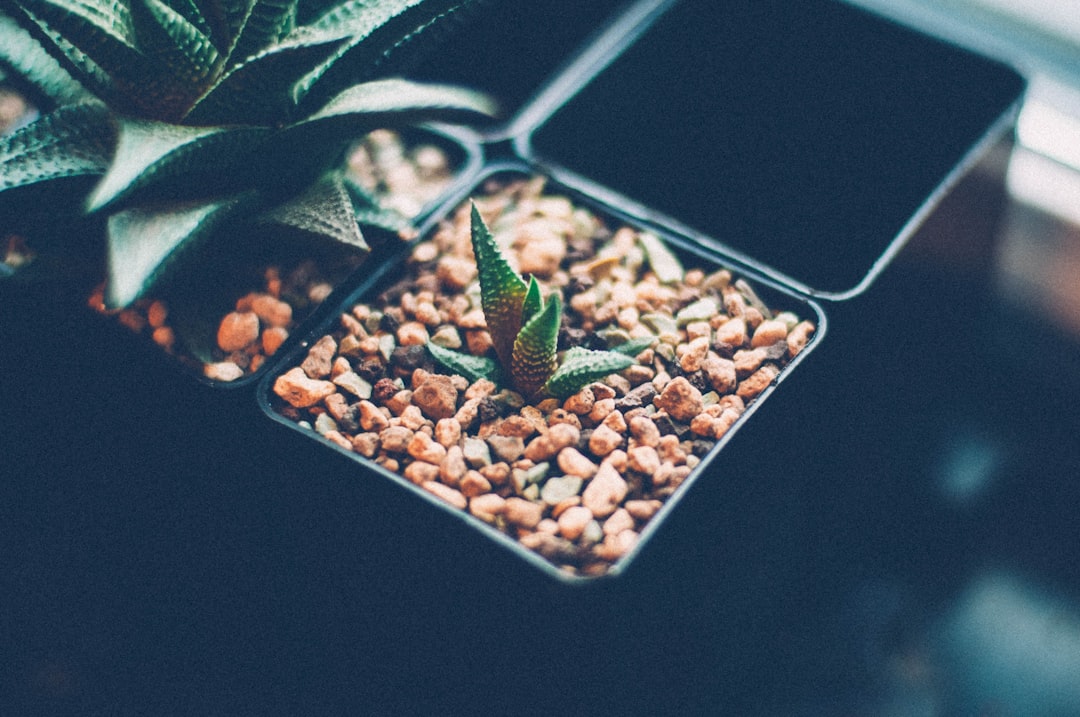Transform Your Space into a Wildlife Haven with These Garden Blueprints

Do you ever find yourself yearning to bring the beauty of nature closer to home? Creating a garden that attracts butterflies and birds can turn your outdoor space into a vibrant ecosystem. With the right garden plans, you can design a haven that not only provides a stunning visual display but also supports local wildlife.
One of the key elements in a butterfly - and bird - friendly garden is the selection of plants. Different species of butterflies and birds have specific dietary and habitat requirements. For instance, butterflies are attracted to nectar - rich flowers. Some excellent choices include milkweed, which is not only a favorite of monarch butterflies but also serves as a host plant for their caterpillars. Coneflowers, with their bright and colorful petals, are also a great addition. They offer a large amount of nectar and are visually appealing.
When it comes to birds, plants that produce seeds are essential. Sunflowers are a classic example. Their large seed heads are a magnet for finches, sparrows, and other seed - eating birds. Additionally, shrubs like serviceberry can provide both fruits for birds to eat and shelter for them to nest. The berries are a nutritious food source, especially during the fall and winter months when other food may be scarce.
Now, let's talk about garden plans. A well - thought - out plan can maximize the benefits for wildlife. One approach is to create a layered garden. Start with tall trees at the back, which can offer perches for birds and shade for the rest of the garden. Underneath the trees, plant medium - sized shrubs. These shrubs can act as hiding places for small birds and provide additional food sources. In the front, plant a variety of ground - cover plants and flowers.
Another important aspect of garden planning is the layout of water sources. A small birdbath can be a wonderful addition. It provides birds with a place to drink and bathe. Make sure to keep the water clean and fresh, changing it regularly to prevent the spread of diseases. You can also create a small pond or water feature, which can attract not only birds but also dragonflies and other beneficial insects.
Grouping plants together can also enhance the attractiveness of your garden to wildlife. For example, plant a cluster of milkweed in one area. This will make it easier for monarch butterflies to find the plants they need for laying their eggs. Similarly, grouping sunflowers together can create a more visible and accessible food source for birds.
Maintenance is also crucial in a wildlife - friendly garden. Avoid using pesticides and herbicides, as these can be harmful to butterflies, birds, and other beneficial insects. Instead, opt for natural pest control methods. For example, you can introduce ladybugs to control aphids. Pruning your plants at the right time can also help maintain a healthy garden and ensure that there are enough resources for wildlife throughout the year.
In conclusion, creating a butterfly - and bird - friendly garden is a rewarding endeavor. By following these garden plans and incorporating the right plants, water sources, and maintenance practices, you can transform your outdoor space into a thriving ecosystem. Not only will you enjoy the beauty of the butterflies fluttering around and the songs of the birds, but you will also be doing your part to support local wildlife populations.